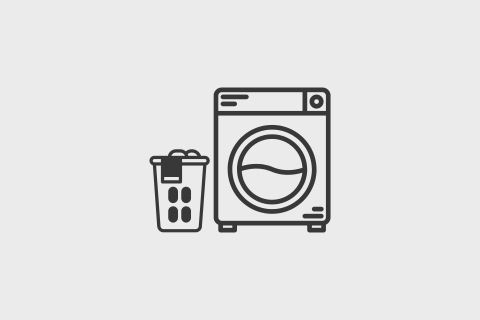
What does the term “made-to-measure” mean?
This term can be found in the majority of our product descriptions, as we make them in this way striving to make you and your dogs as satisfied as possible. Made-to-measure means that after a more or less complex process, the product is best customized to fit a specific user.
Before we start sewing, we need to carefully plan the product design. Designing or tailoring is a specific process consisting of several steps that differ depending on the type of product. To help us with that, we need the user’s body measurements, which outline the three-dimensional shape of the body. The latter is the basis for designing a well-fitting, comfortable, and useful product with the exact look we have imagined.
More precisely, body measurements are used in calculations and modeling of the pattern/cut: determining the dimensions of individual pieces, determining the appropriate proportions between structural parts, adjusting their position, designing maneuver space, etc. To make a design to the best of our ability, and finally, to be not only a beautiful but also a functional product, body measurements must be accurately measured and realistic. As you may have already noticed, body measurements are not reflected directly on the product or its structural parts. Therefore, the final product will most likely not have the exact same dimensions that you specified when ordering (as body measurements), which does not mean that its size is wrong. If made-to-measure production was so simple, done in the way of “copy” and “paste”, as it is most often misbelieved, then knowledge and experience would not be needed for this work at all.
Because we usually don’t see or measure our customers ourselves, other details such as gender, breed, age, dog weight, and similar help us to make the product adjusting process even better. The more info we have, the more likely it is that the product will be suitable in the end. With a specific combination of data, we also determine their correctness, check for the expected harmony, and look for possible measurement errors. These are not always obvious, sometimes they are more and sometimes they are less important, as they have different effects on the production process. Errors most often occur due to improper posture of the dog during taking the measurements, measuring the wrong part of the body, and imprecise measurement reading.
I hope that with this insight I have helped to better understand why the exact measurements of your four-legged friends are so important and how we use them in our work.





